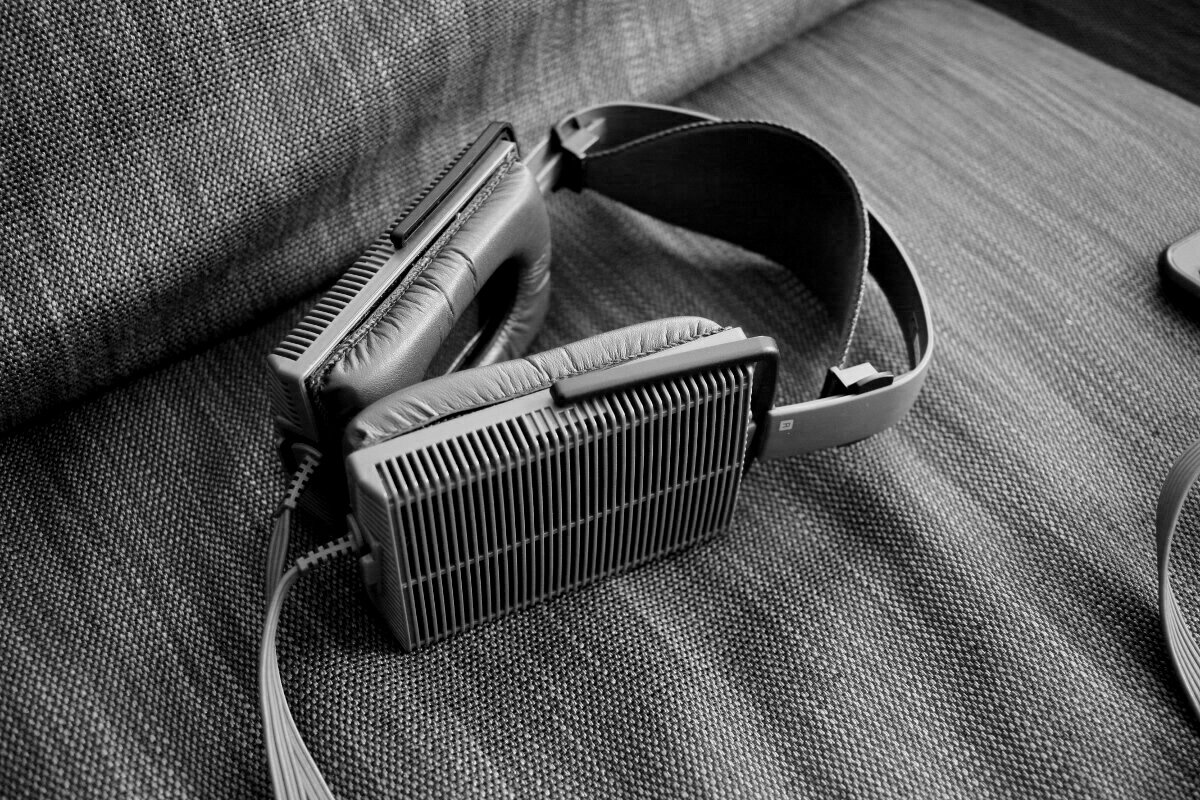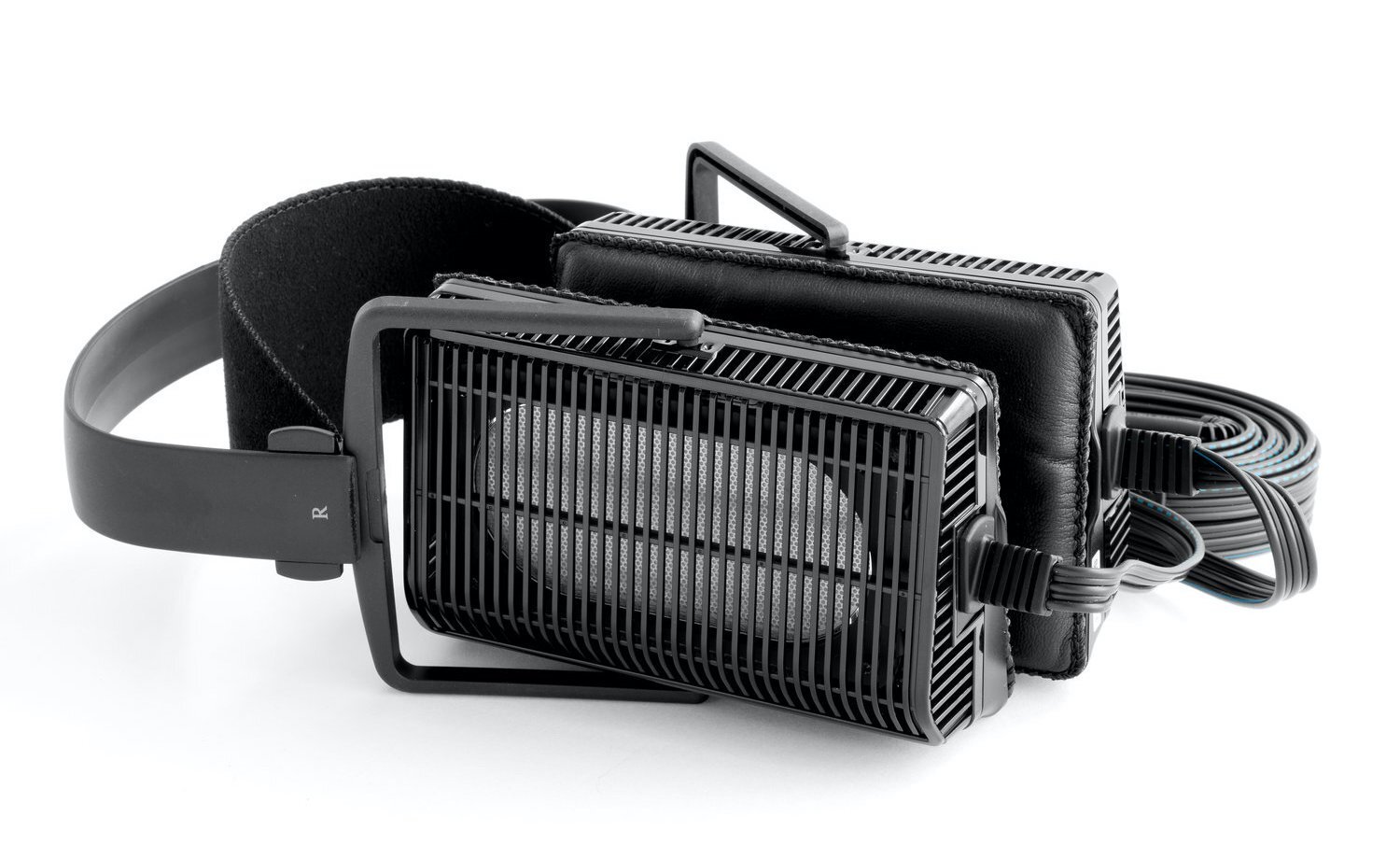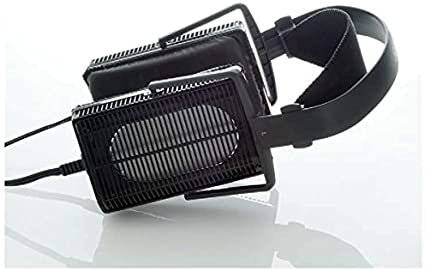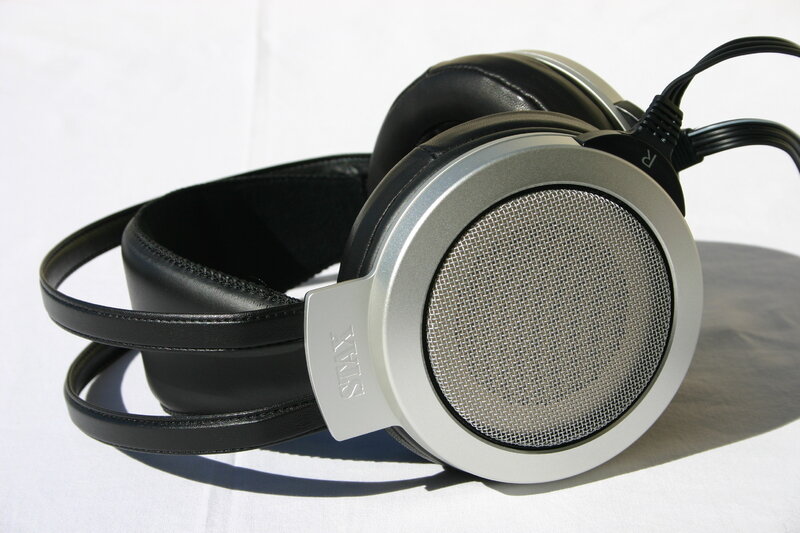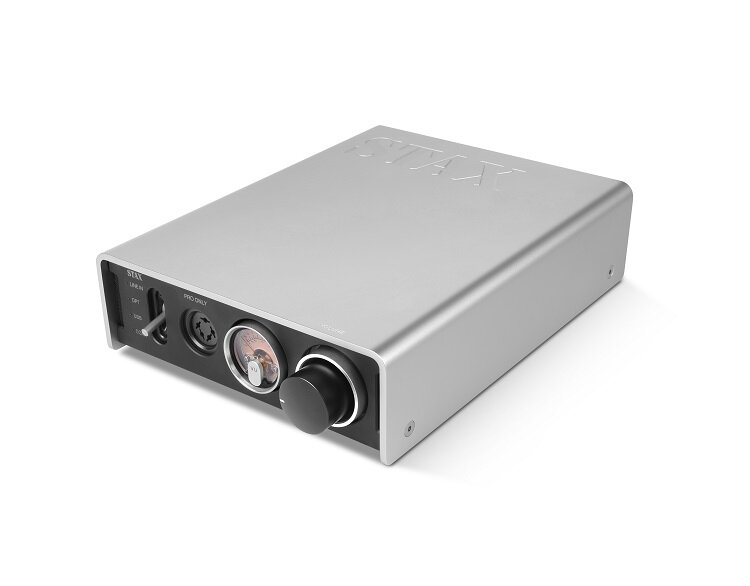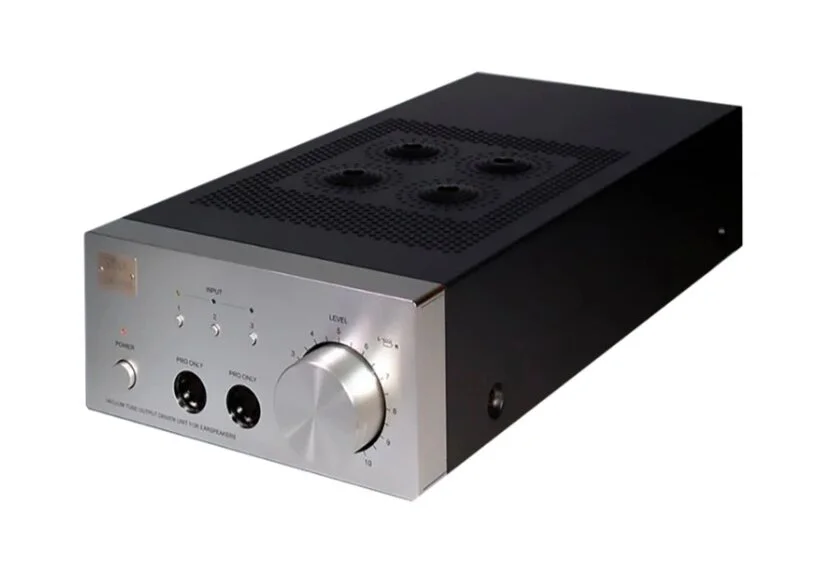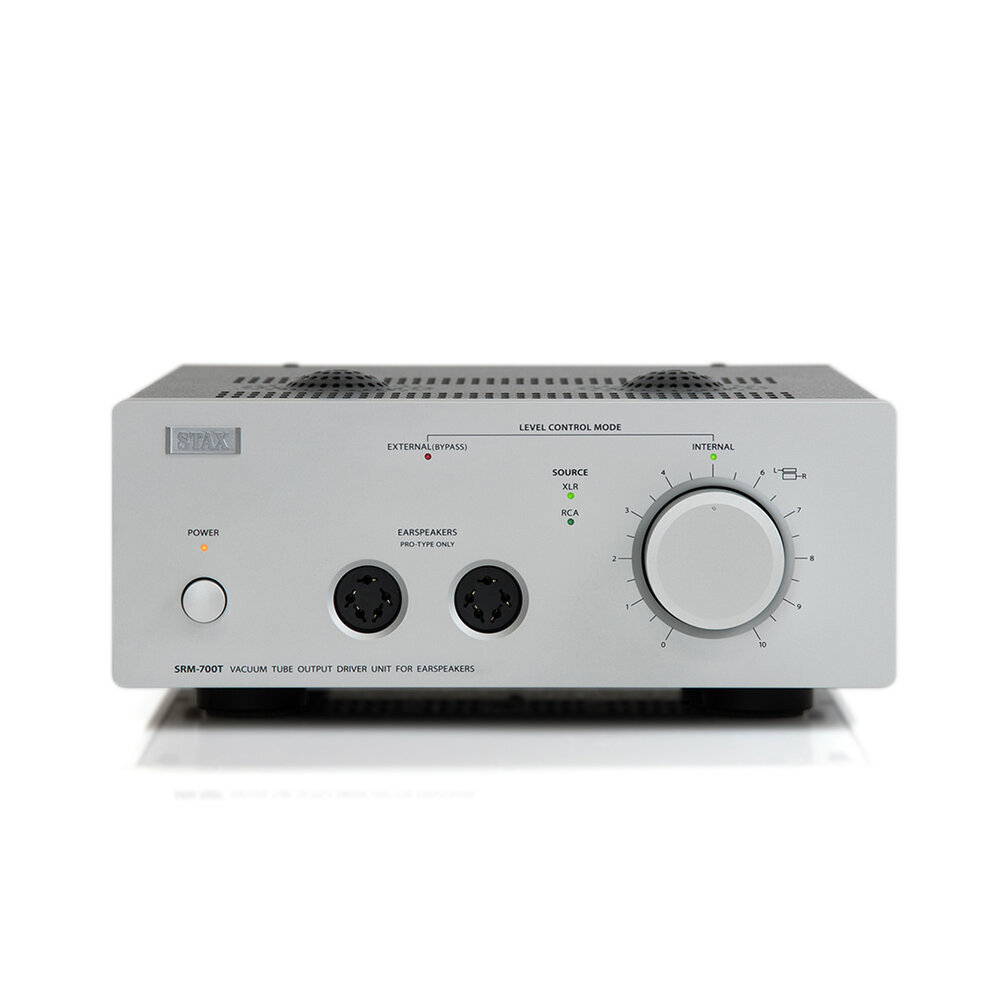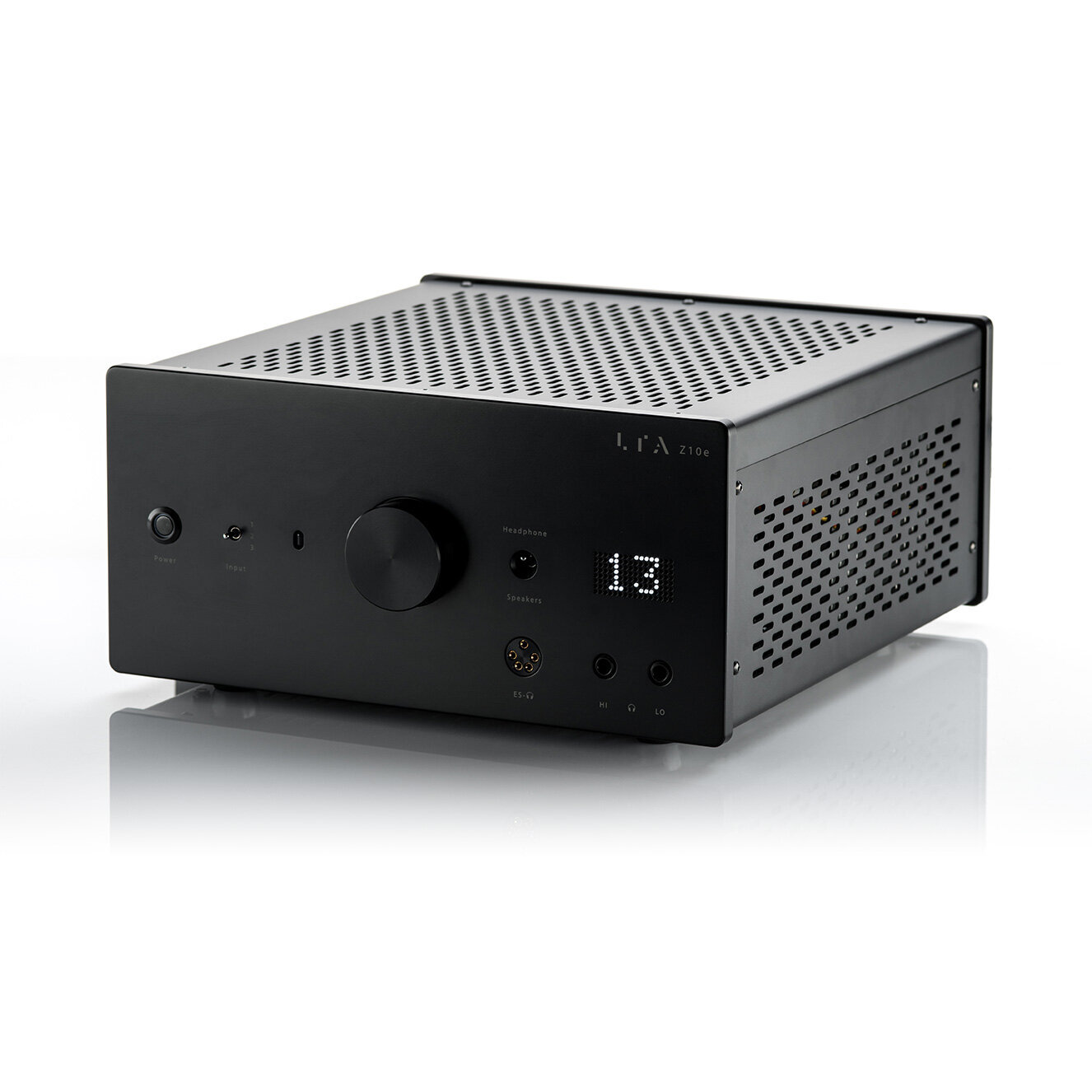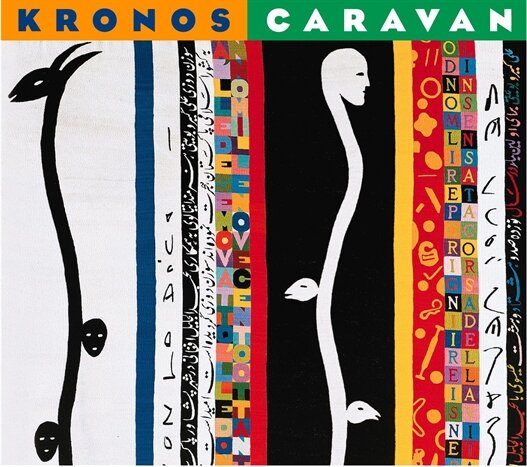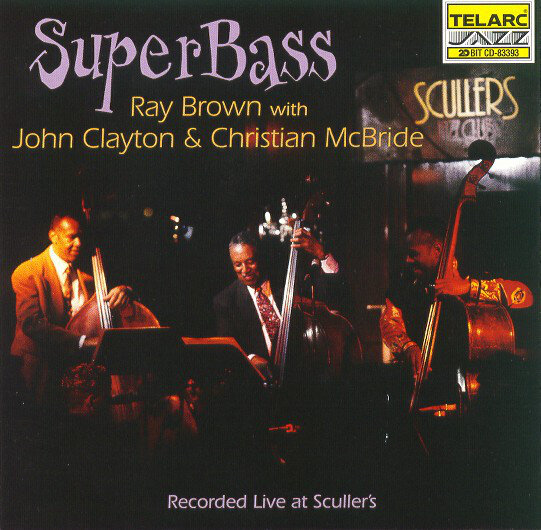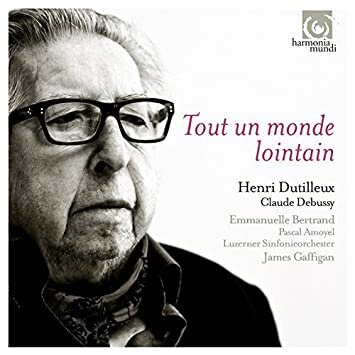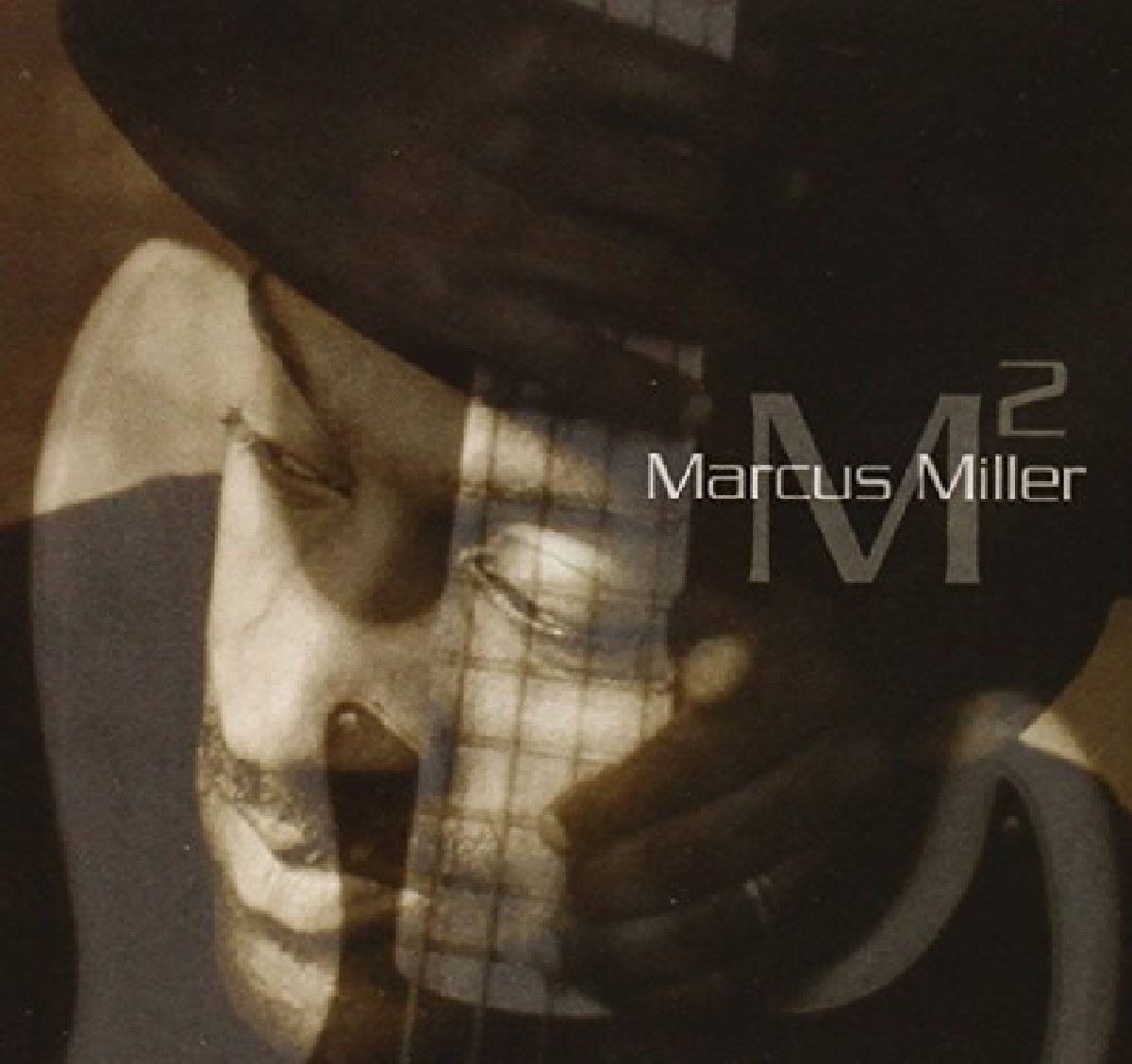THE STAX SR-L700MkII - REVIEW
Blissful Transparency, Clarity, and Musicality!
The company, STAX, began operations in 1938. Then its primary products were condenser microphones, tone arms, phono cartridges, and electrostatic tweeters for traditional loudspeakers.
In 1960 STAX sold its first electrostatic earspeaker (headphone)—the SR-1. That same year STAX also developed and produced its first energizers (amplifiers)—the SRA-4S and the SRA-6S—designed specifically to drive its earspeakers, as electrostatic earspeakers cannot be driven by traditional headphone or integrated amps.
Over the intervening years STAX would develop and produce a range of earspeakers, energizers, and full-range electrostatic loudspeakers as well. In time, the STAX name would become synonymous for electrostatic earspeakers/headphones worldwide.
In 1976 STAX brought to market the SR-Sigma earspeaker, which it deemed its “Semi-panoramic sound type Earspeakers.” And in 1979 STAX introduced the SR-Lamba. These earspeaker would be the early forerunners for the earspeaker currently under review—the STAX SR-L700MkIl ($1569-its above entry-level earspeaker).
(Images courtesy of SuperBest Audio friends and inexxon)
At the present, STAX produces several electrostatic earspeakers—the SR-L300 ($430-its entry-level earspeaker), SR-L500MkII ($792-right above entry level), SR-007MkII ($2100-its upper-level earspeakers), and the SR-009S ($4325-its flagship earspeaker).
In an earlier review of a product I wrote:
“We review products across a relatively narrow band, a niche, if you will. And our niche is dichotomous, generally, in that it supposes that great transparency and superb musicality can coexist in the same piece of audio equipment—headgear.”
When I had written this, I had not yet taken my first listen to an electrostatic earspeaker/headphone. I was not then aware of just how much transparency and clarity and how much natural musicality was possible in any component! Suffice to say, that a new awareness has arisen. And STAX makes this quite clear:
“STAX chose the electrostatic technology for its ability to produce transparent sound, and low weight for comfort/ergonomics, both due to the driver design not employing fixed magnets and moving coils, as opposed to other common headphone driver designs. The minimal weight of the driver ensures a very quick response to the signal, creating a more faithful sound reproduction.”
Indeed. It is a point that I can now attest to having had the pleasure of several electrostatic headphones—STAX SR-009S, STAX SR-007MkII, STAX SR-L700MkII, and the Dan Clark VOCE, —in house, at the same time, to take my very first electrostatic listening journey. One earspeaker would, no doubt, have given me a point of reference on a map of electrostatic sound, the combination, however, has laid out a state of sound, replete with terrain and points of interest and a rather sublime beauty! It has been an incredible experience.
REFRAIN: Unlike most reviews, this review will be non-sequential, as it will start with how the headphones actually sound and not the process of physically “undressing” them and/or laying out their various parts, specifications, etc. Think of this review then, as a non-linear movie—Memento, Kill Bill, Pulp Fiction, etc—that, likewise, starts at the end and winds its way to the beginning.
The Sound
Something entirely new. This phrase characterizes my experience with the various electrostatic earspeakers/headphones that came to hang out and deliver music, for a while, at AudioKey Reviews and it was righteous! This resulted in many, many late night, listening session. Rediscovering that which I thought I knew but did not and then ferreting out what electrostatic earspeakers/headphones seemed to love with a passion, in terms of music. It was no small list. Man O’ Man (yes, another phrase).
The electrostatic earspeakers, in generally, love space—open halls, cathedrals, live anything, choral, chamber, symphony arrangements (with caveat), intimate cafes, rock, and particular electrostatics love stadiums too and can get down (more on them later!). Electrostatics love space because they render it so fantastically &%$#@ well and with a clarity and naturalness that has no peer. No peer.
Please don’t get me started on speed. The Flash? No, the Flash has nothing on electrostatics. The fast, junk-food, eating mutant in X-Men, no, he has nothing on electrostatics. Who else? And that speed will go a very long way to providing treble extension and clarity and refinement you thought you were getting with most, other types of headphones but were not. Count me as part of that, “I thought I was” crowd.
Then, of course, there’s the transparency with its reach out and touch, three-dimensionality, that provides for many “You-Are-There” moments. Many. Further, there’s a musicality coupled with sublime tone/timbre that is, truly, jaw dropping. That triangle in the background? Can you hear it now, in all of its tonal splendor? I can. Yes, the STAX SR-L700MkII was accompanied by two magnificent components in the Mola Mola Tambaqui ($13,500) and the LTA Z10e ($6,950), that have also accompanied other exceptional headphones—non-electrostatics—in the recent past. This, however, was entirely new. And, spoiler alert, it just gets better and better (reviews to come)!
The STAX SR-L700MkII will tell on bad recordings like a younger sibling will tell on a late arriving, clothes-all-askew, red-eyed, stumbling-in, older sibling. That is to say that the SR-L700MkII is incredibly revealing and bad will be bad (if not worst). Apparently the recording professionals of the bad media didn’t have neutral enough or way too neutral headphones in those sessions. Or they were juicing things for ‘broad appeal,’ the shame! Decent and up to brilliantly recorded music will be a long desired revelation, a sublime escape via the STAX SR-L700MkII.
I have to tell you that discovering all of this great personal hi-fi gear and then getting to experience a completely different methodology for headphones—electrostatics—has been cool, turbo, awesome, wicked, sick, snatched, dope, GOAT, fire, etc. And most of all, the voices from the various electrostatics earspeakers/headphones in-house was addictive in the extreme with increasing levels of nirvana attained, so be warned.
The STAX SR-L700MkII’s volumetric cube—its soundstage—is vast and encompassing, air-filled and transparent. I continually had to take off the SR-L700MkII earspeakers to see/hear where a particular sound was coming from. Wide soundstage? You bet. I had never thought about the roundness of guitar strings, the volume behind/beneath them, the interplay of the guitar’s body, neck, its fretboard. Now I was very aware, as this electrostatic earspeaker brought the three-dimensionality of a Star Trek holodeck to track after track.
The STAX SR-L700MkII was paired with the LTA Z10e integrated, headphone amplifier (review coming soon), several DACs—Mola Mola Tambaqui, Audionet DNP, Border Patrol SE-i (reviews coming soon), and the ifi Pro iDSD (as DAC)—with the Roon Nucleus+ and the MacBook Pro serving as alternating sources. Cardas Clear was tasked with wires/cables and the TORUS MAX with power.
Bass
Marcus Miller’s Power (M2, Concord Records) plays, I am reminded of those who believe that electrostatic earspeakers/headphones are lacking in bass, entirely. Really? This is not my experience, as prior to Power, Massive Attack’s Angel (MEZZANINE, Virgin) rained down bass that made no apology for itself, while providing insight, transparency, and clarity that no other headphone—dynamic, planar—could touch. Nor could they touch the transient speed that rendered the crush of overlapping instrumentation completely unveiled. The SR-L700MkII does not, however, reach to stygian sub-bass-head depths with Miller’s Power. But many, if not most may find SR-L700MkII’s reach entirely satisfying for the bass it does provide. I certainly do. The microdynamic cues of positioning, the natural decay of bass notes, the clarity may easily convert the uninitiated to excuse the sub-bass reach. Ray Brown’s Centerpiece (SuperBass, Telarc) plays and the insight into this track’s lickety-split transients, the clarity of bass notes, their reverberation, and decay are all laid bare and beautifully so. Planars and dynamic driver headphones can, however, easily plumb to stygian sub-bass-head depths.
Midrange
Tracey Chapman’s Don’t Dwell (Where You Live, Elektra Records) plays and the waves that have served as a distant background layer are more waves now than ever, never more close, never so clearly resolved. Tracey is before us with sufficient air and detail and clarity, so as to render her three-dimensional. Quinn Smith’s ride cymbal, unburied from the mix, sustains and its subsequent decay is ethereal, natural, and holographic. I’ve never heard that before. The separation and positioning of players across this track is incredible, if not a performance benchmark, to date. Sophie Hunger’s Walzer für niemand (Rules of Fire, Two Gentlemen), a live performance, plays and this, as mentioned above, is yet another place where electrostatic earspeakers, in general, and the SR-L700MkII, in particular, excel! Why shouldn’t an earspeaker bring the air of the hall or of the venue, when rendering a performance? Well, there is air-a-plenty in the SR-L700MkII's rendering of Walzer für niemand. Sophie’s voice is rendered naturally, holographically, the music and the venue with great transparency and spaciousness, and all with wondrous musicality—not neutral, but beautiful.
Treble+
Treble extension, resolution, clarity are incredible! Emmanuel Bertrand's Tout un Monde (Dutilleux & Debussy: Works w/Cello, harmonia mundi) plays and the SR-L700MkII provides insight and information to this track that in so many hearings had never been heard. And never have so many veils fallen, at one time, to provide for an onstage seat, not a front row seat. Some may not like it that close, but there is still the incredible musicality and that is the magic. Violins or, at least, Hilary Hahn’s violin, reaches for the sky unperturbed, beautifully resolved, and so dog-gone sweet. This is music. Hilary Hahn’s Andante (Elgar Violin Concerto, Deutsche Grammophon) is see-through and incredibly musical and, again, the treble is so dog-gone sweet. The Kronos Quartet’s Aaj Ki Raat (Tonight is the Night) (Kronos Caravan, Nonesuch) brings together a variety of exotic instruments—Hindustani tabla, Lebanese nay, Iranian kemancheh—and the not so exotic— violins, viola, cello—each with its own tone/timbre and they’re mixing it up, right and left. The SR-L700MkII lays bare the performance, while giving performer and instrument space, body, natural tone/timbre, and incredible three-dimensionality. Treble extension? The STAX SR-L700MkII has few peers outside of the electrostatic universe, in this respect, and none at its price point. Stunning!
The Wrappings and Accessories
The STAX SR-L700MkIl comes in a medium-large, glossily printed, black and white box, that is minimalist, clean, with nearly full-sized photos of the SR-L700MkIl on its front and back panels.
The inside container is a black styrofoam case that holds the STAX SR-L700MkIl securely and given the rigid nature of the styrofoam container, the SR-L700MkIl are bound to be alright. The styrofoam case contains the SR-L700MkIl, its cable, and an owners manual.
The design is clean, no-nonsense, minimalist, and it beautifully and professionally demonstrates the STAX SR-L700MkIl earspeaker within.
Design—Look, Feel, and technology
Rectangular. Plastic. Aluminum. Leather. The sum of which come together in a rather interesting design where form, no doubt, follows function. Which is to say that… the SR-L700MkII are very comfortable and may be worn for several hours without affect or ‘headphone head.’ However, if you look past the plastic and the leather and aluminum you will find what might be described, as the only elegant element of the SR-L700MkII. And that ‘element’ is its silver rimmed, stainless steel, driver array.
The SR-L700MkII is an open-back, electrostatic earspeaker (so deemed by its maker) that loses the magnets associated with planar magnetic headphones and dynamic driver headphones (that lose their coils as well). Instead electricity is pumped across the drivers—thin, mylar, film diaphragm, sandwiched between two, conductive, metal plates—directly. The loss of the magnets and coils in the driver array result in an overall reduction of mass, which counterbalances with speed and a blistering transient response. The SR-L700MkII’s transparency is eye-opening in the extreme! And this is one of the core strengths of electrostatic earspeakers/headphones.
The STAX SR-L700MkII’s cable is composed of a six-strand, six-nines-copper (6NCu), low capacitance cable for the core wires and six, silver-plated, copper wires that make up the perimeter. As STAX states, “The whole cable uses the conventional wide format parallel structure to lower the capacitance between each wires and finished with the most suitable structure to drive the earspeaker.” The various wires are housed within a plastic (rubber?) sheath. The cable is terminated in a five-prong assembly that allows connection to only electrostatic “energizers” or amplifiers, as electrostatic earspeakers cannot be driven by traditional amplification.
Perhaps the most diplomatic way to describe the look of STAX SR-L700MkII is to say that its design belongs to a bygone era, wherein its brethren—SR-Lamda (1970s)—may well have embodied a “fresh aesthetic.” Though in that description there is nostalgia, perhaps, of a better time and space. And speaking of space there is a definite sci-fi design aesthetic at play here. Some might say Dr. Who, some steampunk. So while the SR-L700MkII won’t win any design awards, it is functional, comfortable, and it plays music incredibly well!
The Specifications
STAX SR-L700MkII
Type: push-pull electrostatic, oval sound element, rear open-air type enclosure
Frequency response: 7 – 41,000Hz
Electrostatic capacitance: 110pF (including attached cable)
Impedance: 145kΩ (including attached cable, at 10kHz)
Sound pressure sensitivity: 101dB / input 100Vr.m.s. / 1kHz
Maximum sound pressure level: 118dB / 400Hz
Bias voltage: 580V DC
Ear pad: real sheep’s leather (skin-touching portion), high-class artificial leather (surrounding portion)
Cable: parallel 6-strand, 2.5m full length, low-capacity special wide cable
Cable conductor:6N (99.9999%) annealed OFC with silver coating
Weight: 508g (1.1-lbs—including attached cable), 371g (0.8-lbs—without cable)
Drivability
The STAX SR-L700MkII was easy to drive and never did the LTA Z10e’s volume indicator rise above 25!
Conclusion
The STAX SR-L700MkII electrostatic earspeakers is something quite new, at least to me, as it represents my first hearing of an electrostatic earspeaker/headphone. The experience has been, at the very least, a revelation and, at most, magical. As I write the conclusion, I am still listening to music. Sophie Hunger’s Headlights (Rules of Fire, Two Gentlemen) plays and I am fooled again, as I turn to see where a particular sound has come from. It’s on the track %$&*@!
Transparency, clarity, speed, soundstage are all next-level with the SR-L700MkII. And it will absolutely shine on live recordings, open halls, cathedrals, choral, chamber, symphony arrangements (with caveat), intimate cafes, even rock (given the proper supporting equipment). The SR-L700MkII will bring the air, the width, stage depth, and height associated with each of the songs that it renders.
The STAX SR-L700MkII will also bring you closer to your music than you may have ever imagined possible (if you’ve not heard an electrostatic earspeaker). And in so doing, you will rediscover that which you believed you knew, over and over again. Yes, it is a decidedly different take on headphone play-through and it is sublime. Though remember, bad recordings will remain bad recordings (or worst). That said, the STAX SR-L700MkII is a phenomenal earspeaker that may well take one’s breath away and at its price point, there are no contenders.
Ah, one thing that you will need is an energizer to power the SR-L700MkII. The entry level STAX energizer—the SRM-D10 ($899)—may be a good place to enter. STAX, however, offers several choices inclusive of the STAX SRM-D50 ($1200), the STAX SRM-007 TII ($1730), the STAX SRM-700T ($3400-review coming soon) and the STAX energizer flagship—the STAX SRM-T8000 ($6090). And there is, of course, the LTA Z10e ($6950) which produced an incredible synergy with every STAX earspeaker and every electrostatic speaker in house!
We, AudioKey Reviews, happily award the STAX SR-L700MkII our HIGH NINES award for musical excellence. We did not know it at the time, but it appears that our motto—transparency, musicality, and engagement—is embodied and beautifully defined by the STAX SR-L700MkII earspeaker (and subsequently by its brothers in technology—reviews forthcoming).
And I’m still listening!
Pros: Transparency, clarity, speed, musicality, transient speed, imaging, etc.
Cons: Sub-bass reach.
The System(s)
1.
LTA Z10e
Mola Mola Tambaqui
Roon Nucleus+, MacBook Pro
Cardas Clear cabling
TORUS TOT MAX
THE MUSIC
The Company
STAX
SR-L700MkII ($1595)
STAX
#2101 The L Plaza
367-375 Queen’s Road Central
Hong Kong
+852 2522 6989
cs@staxheadphones.com




